The term 'crowning glory' is often used to describe luxurious, thick hair, but for around 50 per cent of us, it is not our most notable asset. From postpartum, to perimenopause, menopause and stress, thinning hair can affect women at any age. Here, editor Trudi Brewer shares a natural solution for promoting hair growth in women of all ages.
Style director Louise Hilsz shares her MG-EXO-GROW hair restoration treatment at Face Doctors in Auckland below
Dr Mark Morunga
We are all born with around 80,000 to 120,000 scalp hair follicles, which never increase. Each follicle has a pre-programmed growth cycle, which determines how it grows, rests, and eventually sheds: Anagen, the active growing phase, lasting several years and producing around one centimetre of hair per month. Followed by catagen, a brief transitional phase, and then telogen, a resting period where the follicle lies dormant. Finally comes exogen — the shedding phase, which is the one we notice the most. While it’s normal to shed between 50 and 100 hairs every day to make way for new growth, when shedding becomes excessive or regrowth slows, hair may appear noticeably thinner — a concern that affects both men and women at different stages of life.
Dr Mark Morunga, clinic director at Auckland’s Face Doctors and The Hair Clinic, experienced in treating hair loss, explains that the causes can generally be divided into two broad categories: genetic and acquired. “Genetic hair loss, such as androgenetic alopecia, occurs when hair follicles inherit a sensitivity to the hormone dihydrotestosterone (DHT),” says Dr Morunga. Who adds: “This sensitivity causes follicles to shrink gradually and the growth cycle to shorten, leading to finer, weaker hairs and eventually reduced density. Because this genetic predisposition is passed down through families, it often appears in predictable patterns.” Then there is an acquired category. Beyond genetics, acquired factors can also trigger or accelerate hair loss. Nutritional deficiencies — particularly in iron and zinc — thyroid imbalances, chronic illness, and certain medications all play a role.” Another trigger is stress, notes Dr Morunga. “When you’re under prolonged stress, your body produces higher levels of cortisol, a hormone that influences inflammation. This can disrupt the normal hair growth cycle and prematurely push follicles into a resting state. If this happens across large areas of the scalp, we see a condition known as telogen effluvium, which causes significant shedding a few months after the stressful event.”
It’s often reported that around 50 per cent of women experience hair thinning by the age of 50, but Dr Morunga says the real picture is more nuanced. “While studies do show that many women experience hair loss as they age, that percentage varies depending on ethnicity, geography, diet, and lifestyle,” he explains. “Anecdotally, we see that more than half of women notice hair changes during perimenopause and menopause. Perimenopause typically begins around age 40, and as oestrogen levels start to decline — a hormone that supports hair growth — women may notice thinning around the temples, sides, and frontal scalp. Between 45 and 50, as menopause progresses, changes in hair quality, texture, and fullness become even more noticeable.” While internal factors are key, how you treat your hair externally can also contribute to thinning or breakage. “Repeated bleaching, chemical straightening, and heavy extensions place stress on the hair shaft and follicle,” Dr Morunga says. “Over time, this can weaken the hair, exacerbate shedding, and make existing hair loss more noticeable.”
At Face Doctors and The Hair Clinic, Dr Morunga takes a comprehensive, science-backed yet holistic approach to diagnosing and treating hair loss. By addressing internal triggers such as hormonal changes, nutritional deficiencies, and inflammation, alongside external factors like styling practices and scalp health, treatment plans can be tailored to each individual’s needs. Hair restoration is not just about treating the symptom, he says. “It’s about understanding the underlying causes — from hormones and genetics to lifestyle — and developing a plan that supports long-term scalp and follicle health.”
However, help is at hand with a natural solution that boosts growth and hair fullness, utilising the power of microneedling that creates tiny injuries on the scalp that trigger the body's natural healing response, stimulating collagen and elastin production and increasing blood flow to hair follicles. Dr Morunga believes that Dermapen 4 Gold, combined with MG-EXO-GROW exosomes, can promote hair growth. “But women may also need to visit their GP to measure their estrogen levels and consider HRT (hormone replacement therapy), or a naturopath may offer other ways to boost hair growth. Ensure you optimise iron levels and eat one gram of protein per day for every kilogram of your body weight. This all contributes to healthy-looking hair.”
What are Exosomes?
Studied for their ability to heal wounds quickly and reduce inflammation, exosomes are small messenger molecules that help skin cells repair and rejuvenate. A straightforward way to understand this technology is to envision the skin on the scalp as a small city. Exosome technology would be equivalent to the postal service delivering messages from cell to cell. Also known as extracellular vesicles (EVs), Dp Dermaceuticals MG-EXO-GROW exosomes contain a double-lipid-wrapped structure that is stacked with a potent cocktail of ingredients, including polypeptides, growth factors, amino acids, coenzymes, ceramides, as well as vitamins and minerals. With over 3,000 kinds of protein complexes and growth factors, improving the appearance of thinning hair is now possible, thanks to new K-Beauty bioscience’s patented technology. These exosomes are synthetic and do not contain human growth factors.
Dr Andrew Christie-Schwarz
Dr Andrew Christie-Schwarz is a global authority on microneedling and a global medical trainer for Dermapenworld. As part of the team that developed the MG-EXO-GROW exosomes system, he shares who can benefit from this treatment. “MG-EXO-GROW is for anyone suffering from hair loss. Whether it’s genetic alopecia, thinning hair from UV exposure, or other disorders and dysfunctions in the body from auto-immune diseases, to diet, smoking and lifestyle, as well as hair bleaching and straightening, now we can deliver a regenerative force for hair growth.” He adds: “When used in conjunction with Dermapen 4 Gold Microneedling, MG-EXO-GROW enhances the exosomes’ delivery of active ingredients deep into the scalp, stimulating dormant follicles and promoting healthier, thicker hair growth.” Additionally, it can help rebalance the effects of hormonal changes on hair growth, supporting regrowth after pregnancy and menopause, enhancing the overall appearance and texture of the hair.
What to expect from the treatment - Style director Louise Hilsz shares her treatment
I admit to bleaching my hair and using hot tools. So a treatment that can help grow and improve my hair is welcome news. I have also just turned 40, so getting ahead of my hormones to promote strong, healthy hair is great. Once relaxed and under the care of a dermal therapist, Sally Brown from Face Doctors, my scalp is cleaned with a CLINIPREP+ antibacterial face cleanser to remove oils, product residue, and bacteria before microneedling. The MG-EXO-GROW exosomes are applied directly to my scalp with a syringe between parted hair. Next, the microneedling. Brown explains how this works. “Creating little holes in the scalp triggers a healing response in the body that promotes blood flow to the scalp and stimulates dormant hair follicles.” I won’t lie, it’s not painless, similar to the level of discomfort associated with microneedling your face, and I used to experience a burning and prickling sensation from bleaching my hair. Brown adds. “With all microneedling treatments, a typical response is redness and pinpoint bleeding, which is normal.” Overall, the treatment takes approximately 20 minutes. Afterwards, my scalp felt a little tender, and due to the product, my hair was in a quite slick-looking style, so it’s ideal to go straight home; alternatively, you can wear a hat. Post-treatment: no exercise, UV exposure, or touching your scalp, and then waiting until the next day to shampoo your hair. “Best results are seen if you have three treatments spaced a month apart. She adds. “I often tell my patients to avoid salon colouring during the treatments, that way you can see the tiny new hairs growing on the scalp.”
Expect to pay: Hair Regrowth with MG-Exo-Grow $795 per treatment. The best results are achieved with three treatments, spaced one month apart.
Style director Louise Hilsz shares her MG-EXO-GROW hair restoration treatment at Face Doctors.
Dp Dermaceuticals MG-Exo-Grow Home care
Boosted with HLA-G exosomes and plant extracts, this stimulates hair growth, increases hair density, and prevents hair fall. This collection also helps counteract the effects of harsh chemical treatments on the hair while supporting the Dermapen 4 Gold microneedling and MG-EXO-GROW clinical treatments.








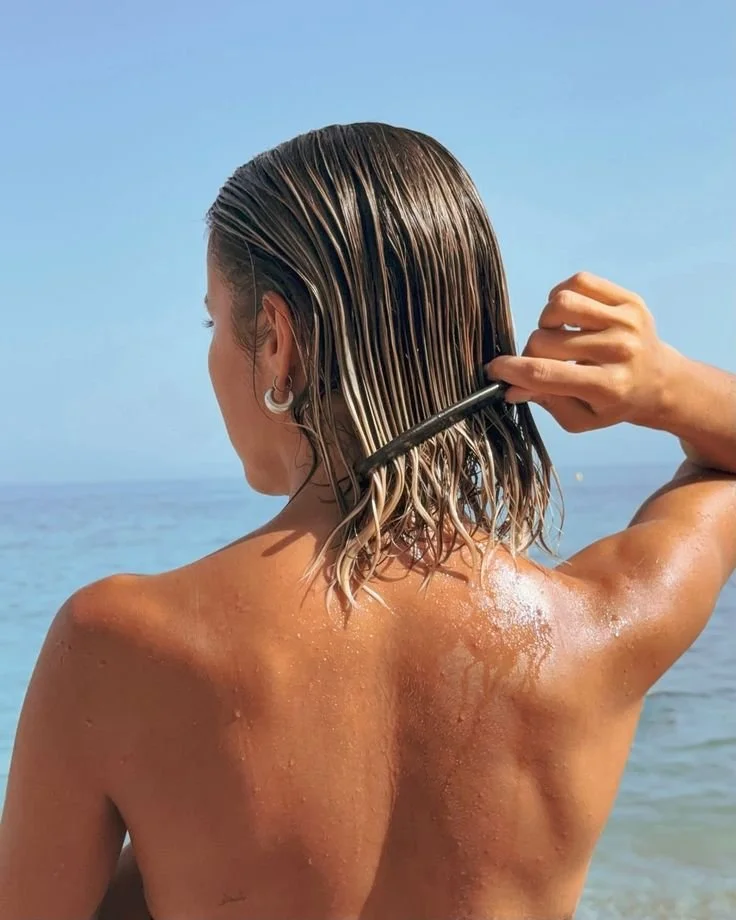


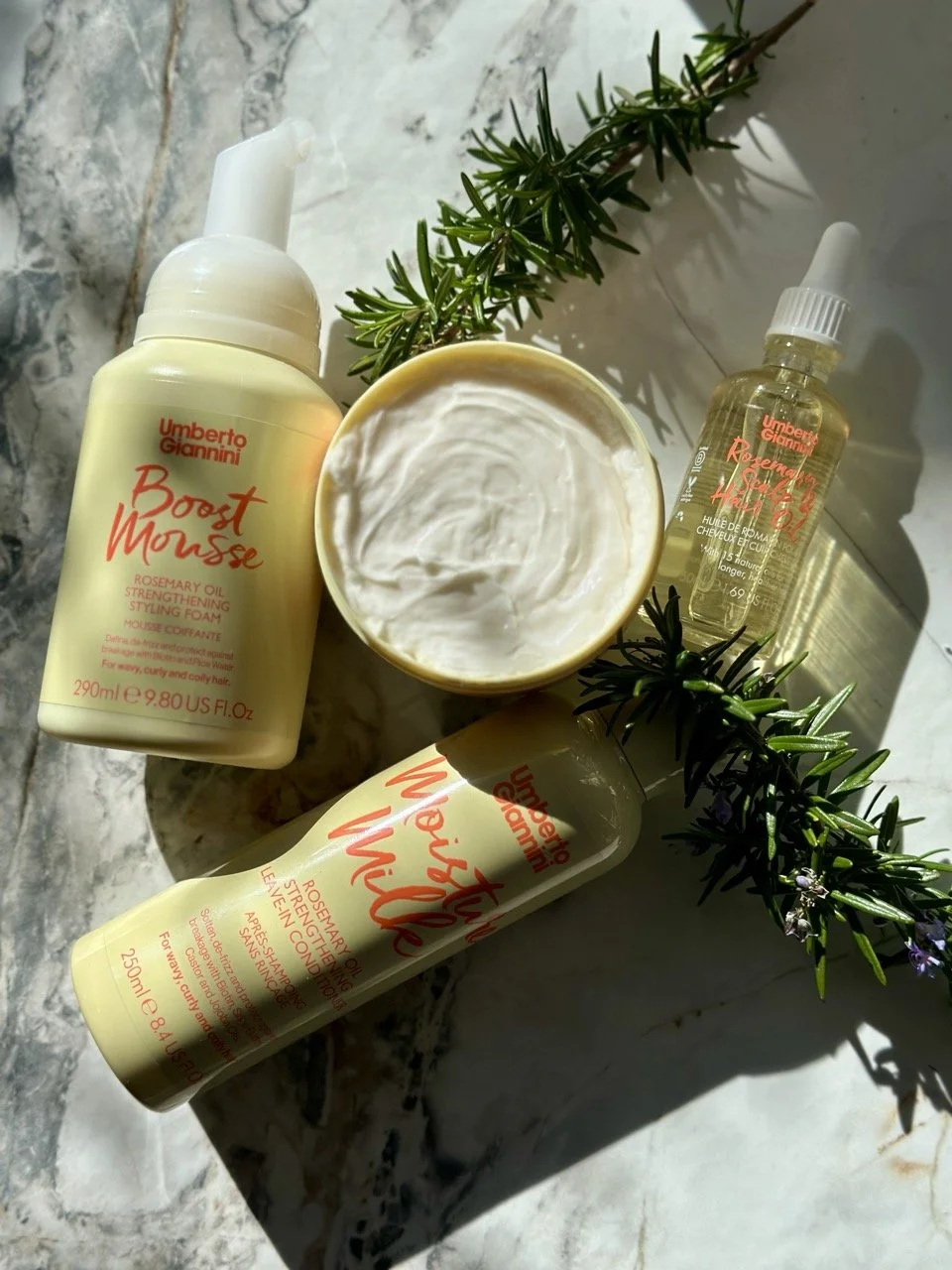


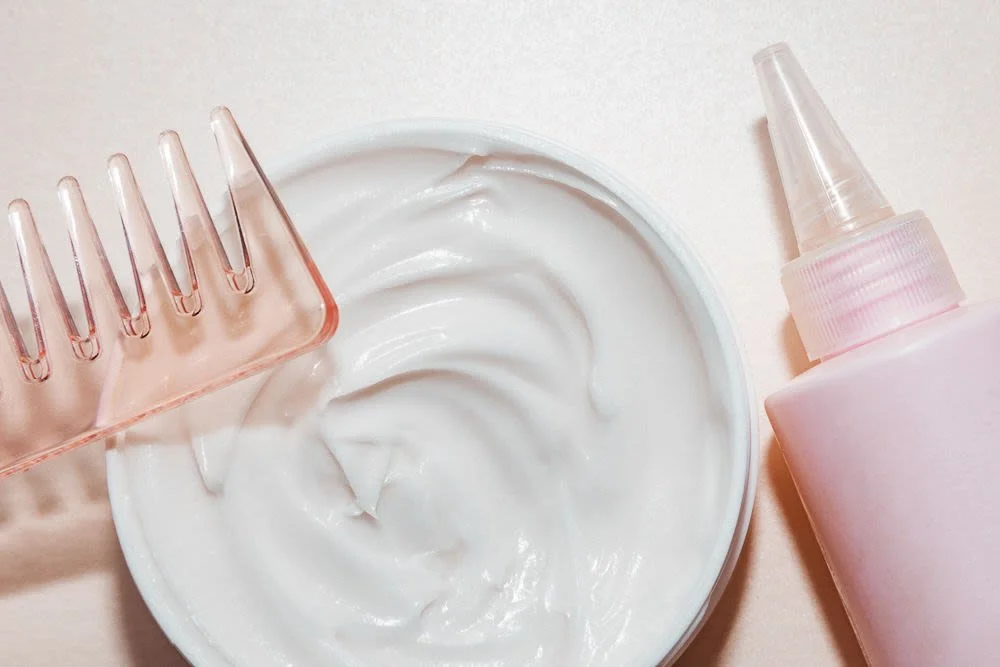


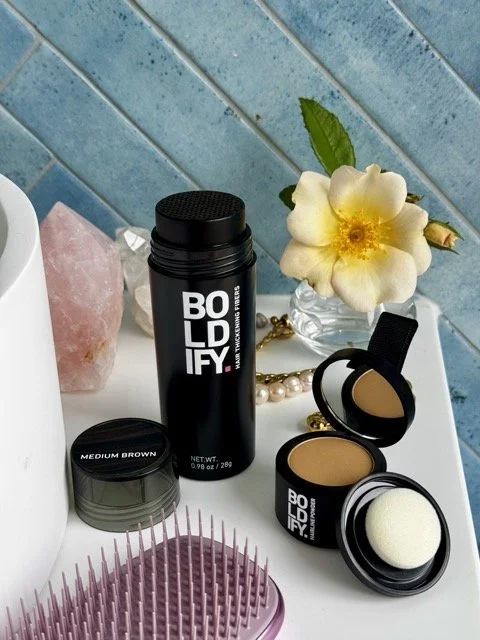




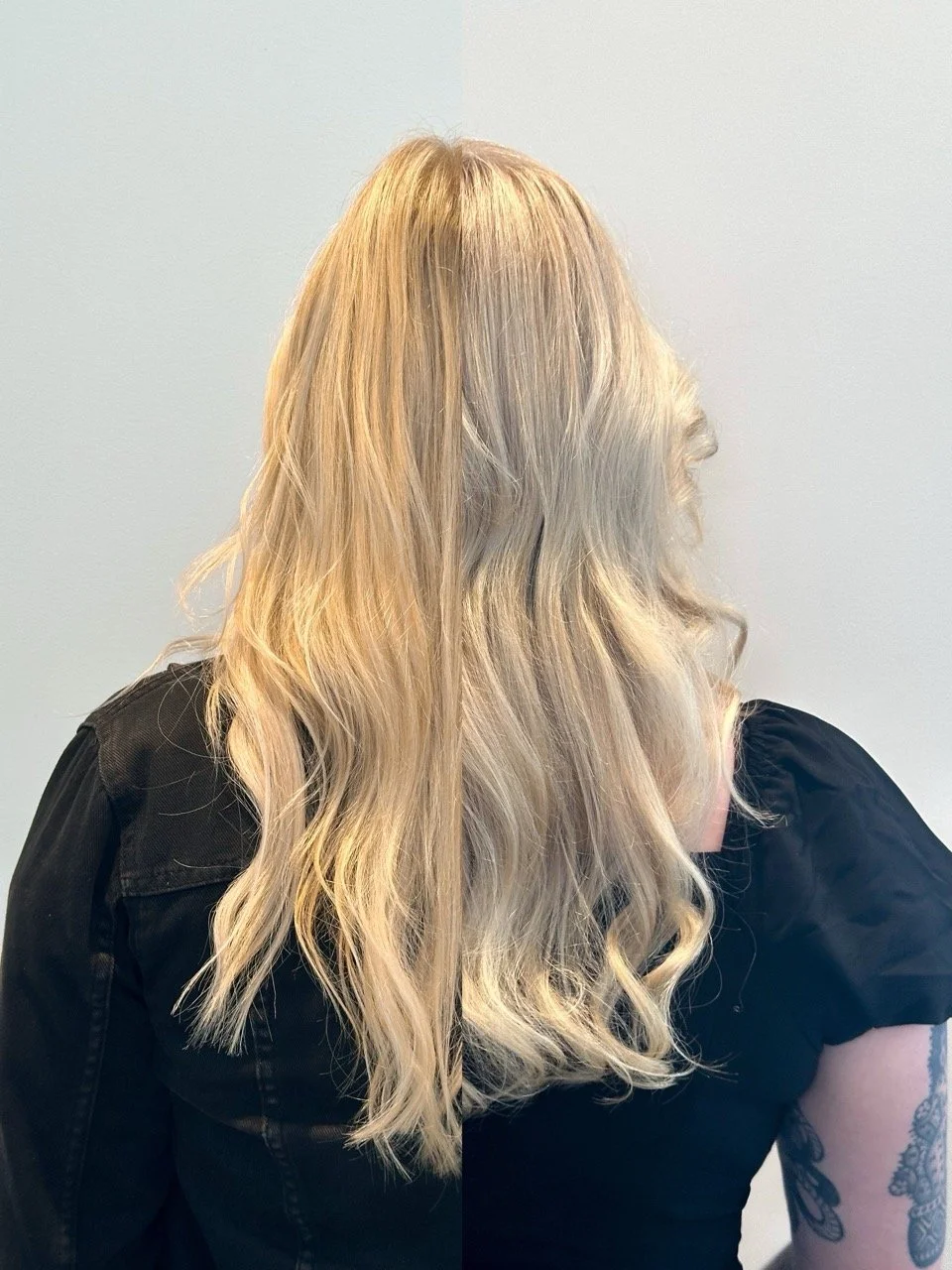


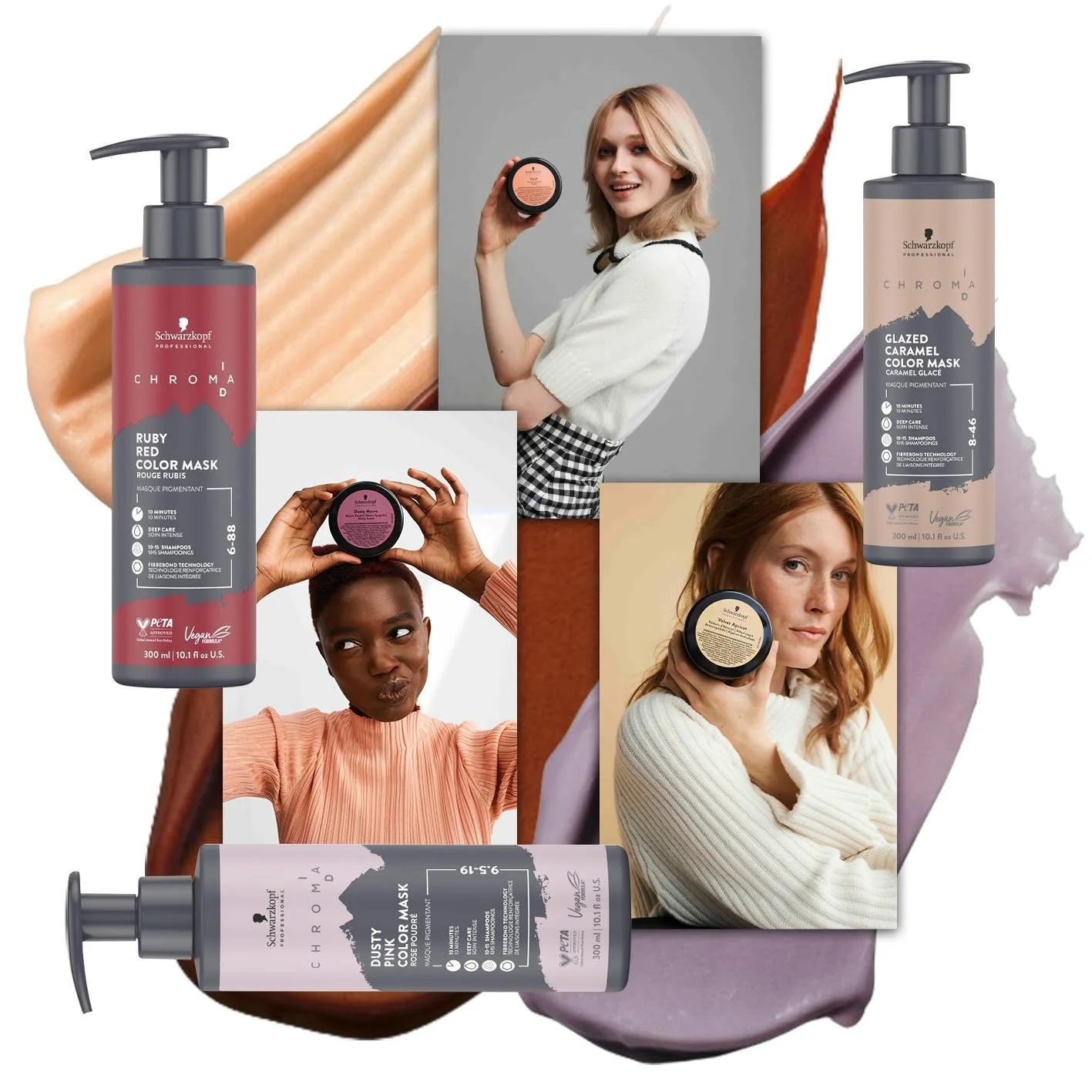





Summer-inspired, with full pink energy.